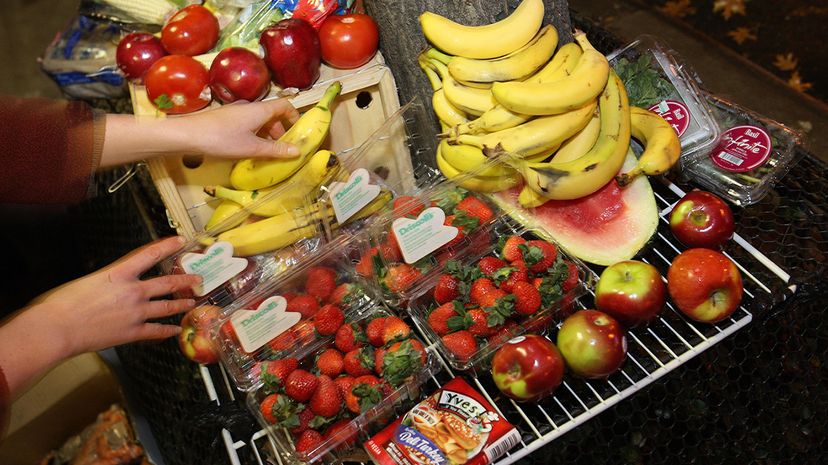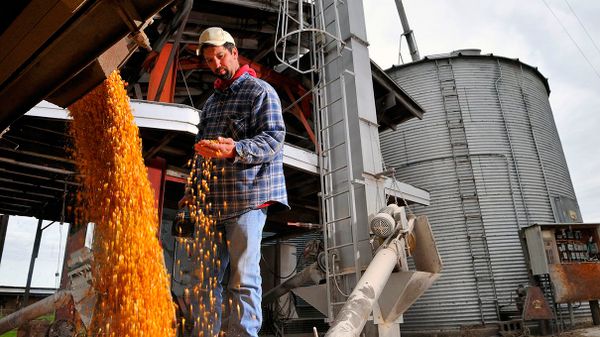
In 2015, 42.2 million Americans lived in food insecure households, yet Americans still toss nearly 40 percent of the nation's food supply. The country spends an astounding $218 billion annually growing, processing and transporting food that never gets eaten. While it's clear that all this wasted food could feed millions, no one has ever calculated the nutritional value of these wasted foods — until now.
Researchers at Johns Hopkins University recently concluded that if all the food Americans wasted could be recovered, it would provide 84 percent of the adults in the United States with a daily diet of 2,000 calories and an abundance of much-needed nutrients that many people lack. The study, published in the May 2017 edition of the Journal of Nutrition and Dietetics, found that in addition to wasting life-sustaining calories, Americans are throwing away copious amounts of dietary fiber, calcium, potassium, magnesium, and vitamins A and D, among other nutrients. Perishable foods such as fruits, vegetables and seafood, which are often high in nutritional value and relatively low in calories, are thrown away at higher rates than other foods.
Advertisement
"Our research highlights the fact that we're tossing those nutrients out, despite the fact that our health depends on them," Roni A. Neff, a co-author of the study, says in an email. "That's why we wanted to look at the amounts of nutrients we're landfilling. We as a population have some significant nutritional gaps. For example, we don't get enough iron, fiber, vitamin D or calcium."
